Back in October of last year I started collecting different editions of the Barbarella comics. As my collection grew and my personal documentation–by language, year, format–expanded, I decided to create a public website to share all of that information, along with details from items I don’t own, and so created The Barbarella Library. The website is a work-in-progress because, as I’ve found while chasing various and more rare editions, Barbarella has an unexpectedly rich bibliography.
The comics, written by Jean-Claude Forest, first appeared in eight chapters from 1962 to 1963 in the French magazine V and then collected and published in 1964 by Le Terrain Vague in oversized hardback. Eric Losfeld was the publisher of both the magazine and the book. The stories were first translated in English in 1965 and 1966 in the American literary magazine Evergreen Review–along with works by writers such as Jack Kerouac, Samuel Beckett, and Alain Robbe-Grillet–then compiled in an oversized hardback edition. Both magazine and book were published by Grove Press.
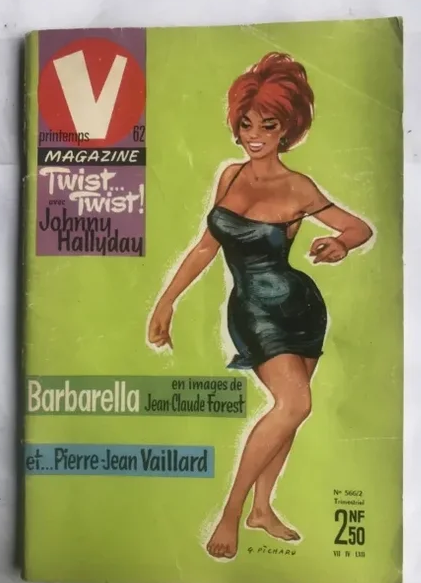
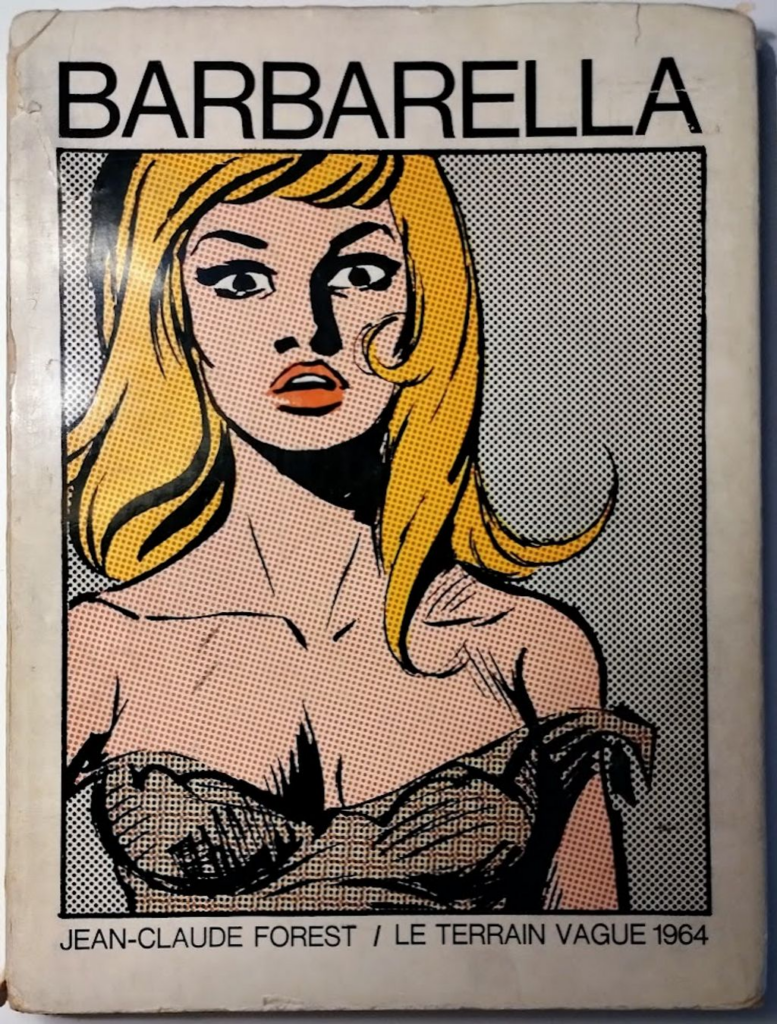
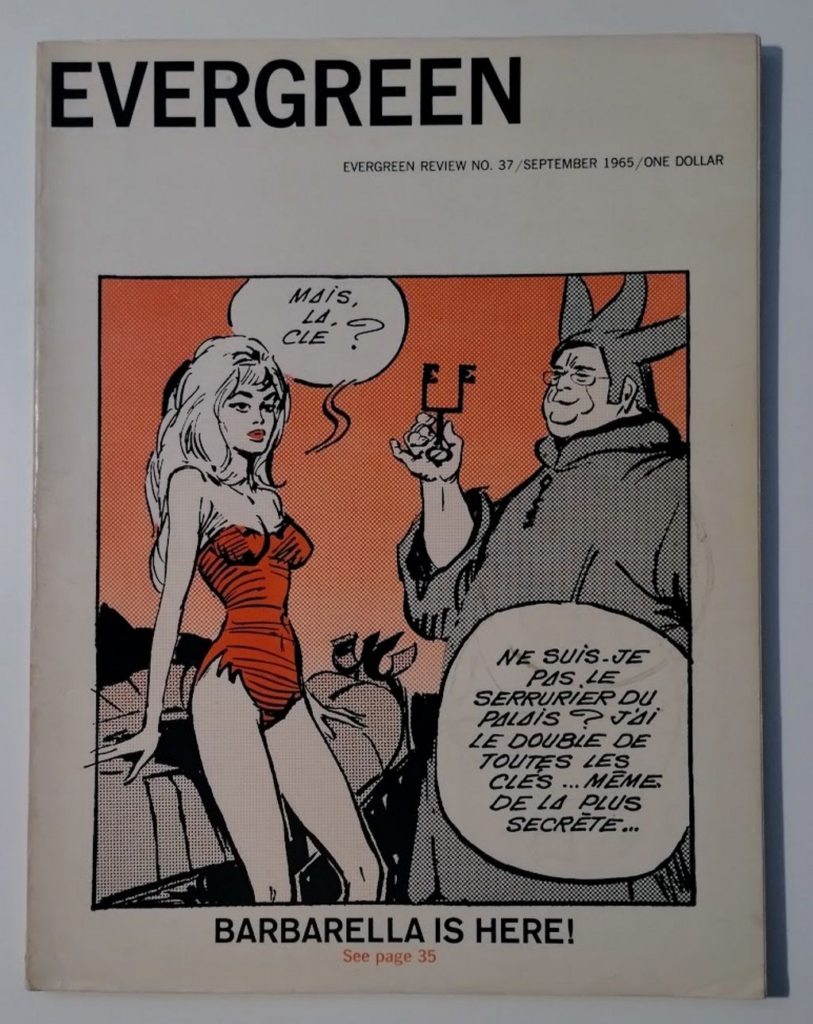
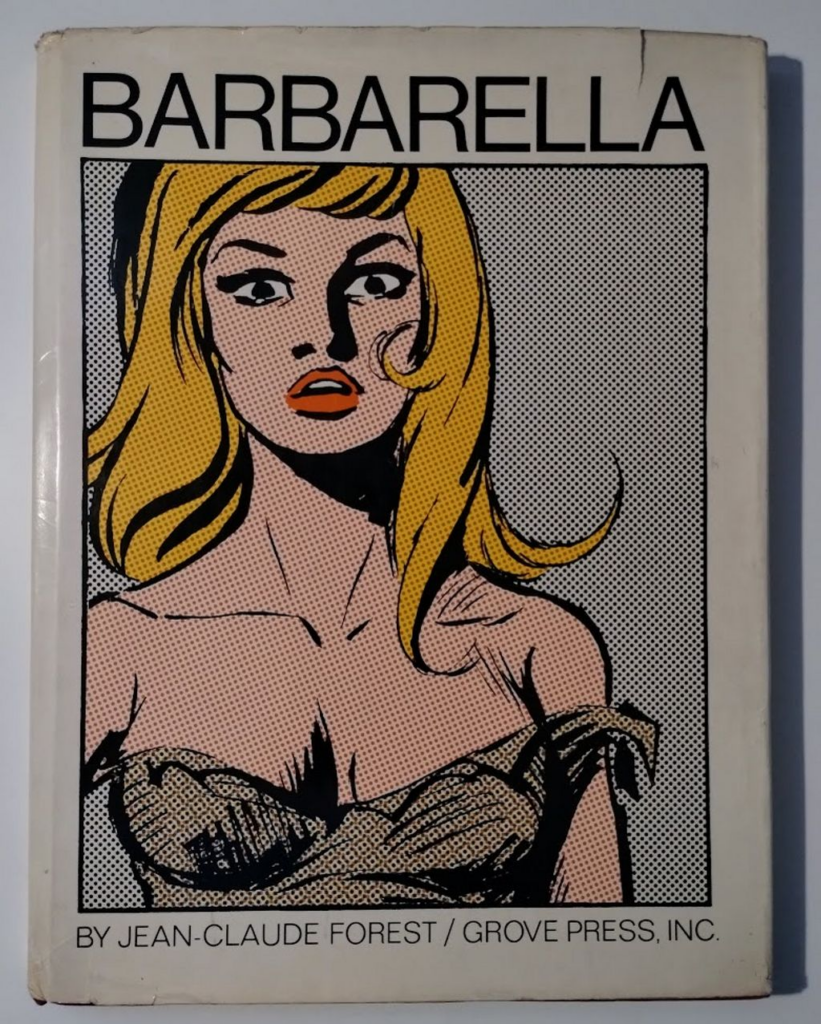
Three books followed the initial one. Les Coleres du Mange Minutes (The Rage of the Minute Eaters) in 1974, Le Semble-Lune (The False-Moon) in 1977, and Le Miroir aux Tempetes (The Storm Mirror) in 1982. Most of these four have been translated into English, German, Italian, Polish, and Czech. The presence of the last two languages surprised me, however I’ve been unable to find any other translations so far. “Barbarella hunting” has become a weird pastime for me so eventually they’ll show up somewhere.
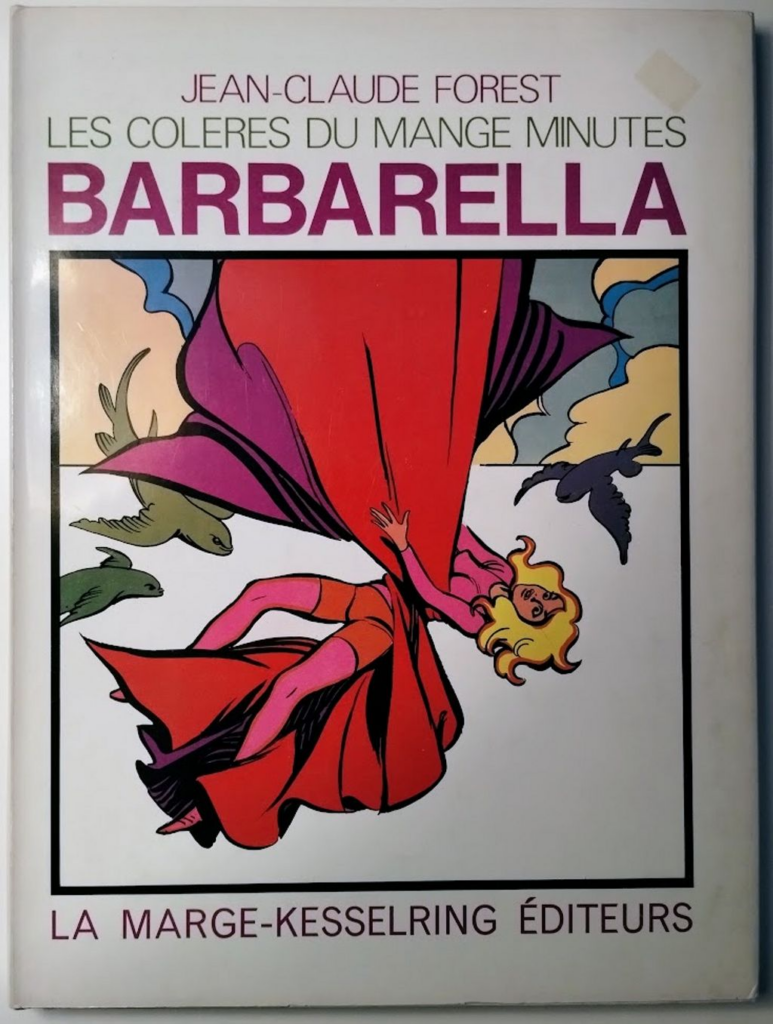
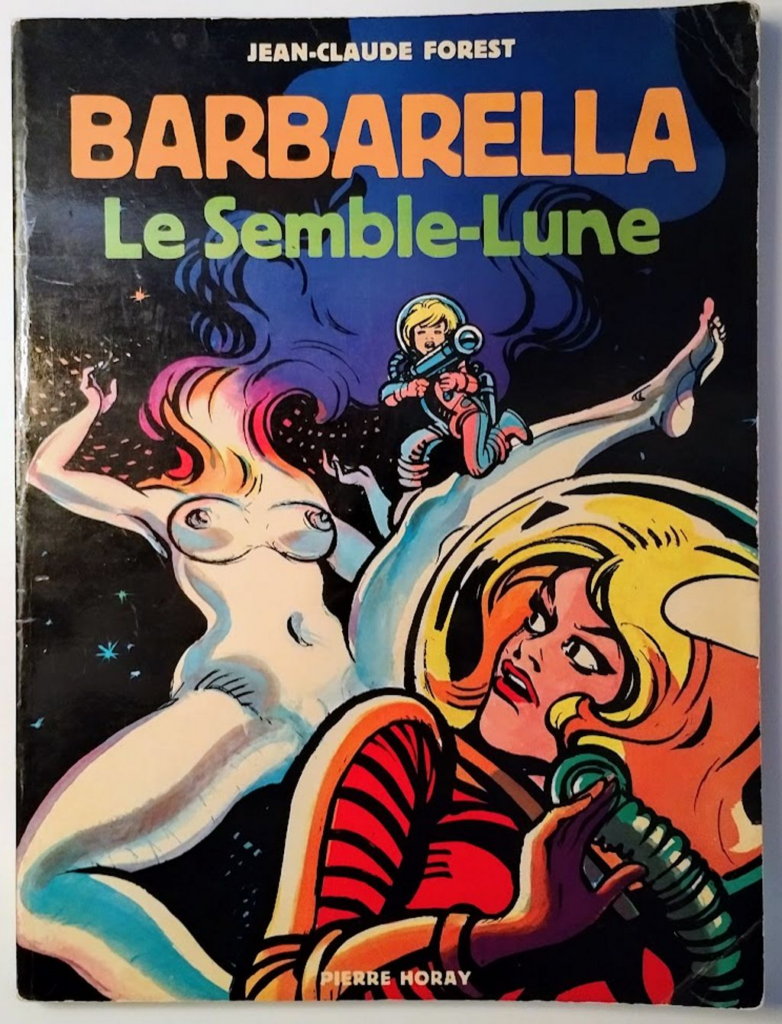
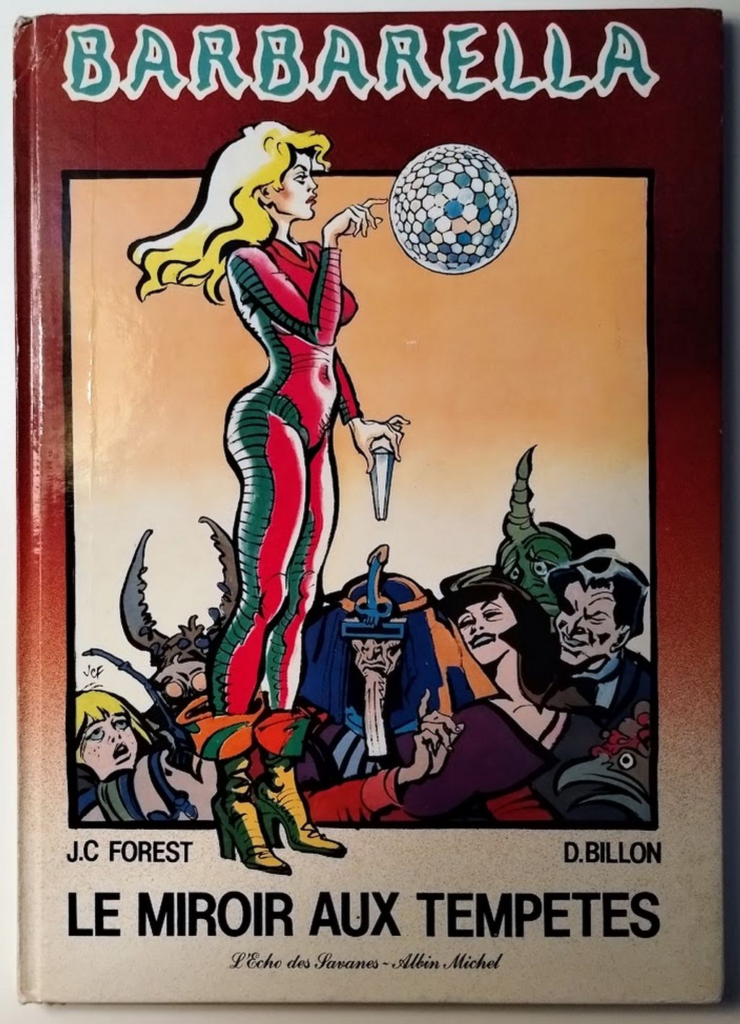
I continue working on the site because, aside from missing editions and some missing photos, there are a lot of features I’d like to add and bugs that need addressing. I had first thought of using Drupal or WordPress or Mediawiki to create the site, but building from the ground up felt more fun. And it was… also pretty humbling at times.
It’s weird, but Barbarella has stopped really meaning anything to me except for a concept. She’s become kind of an abstract space-lady separate from the somewhat nonsensical stories (the first book feels like it was completely improvved, almost from page-to-page), and I guess that’s what she was to the French public at the time? The closer I got to the nonsense, the more she rose above it and became an archetype despite herself.
Or maybe she’s just silly, 60s sci-fi erotica.